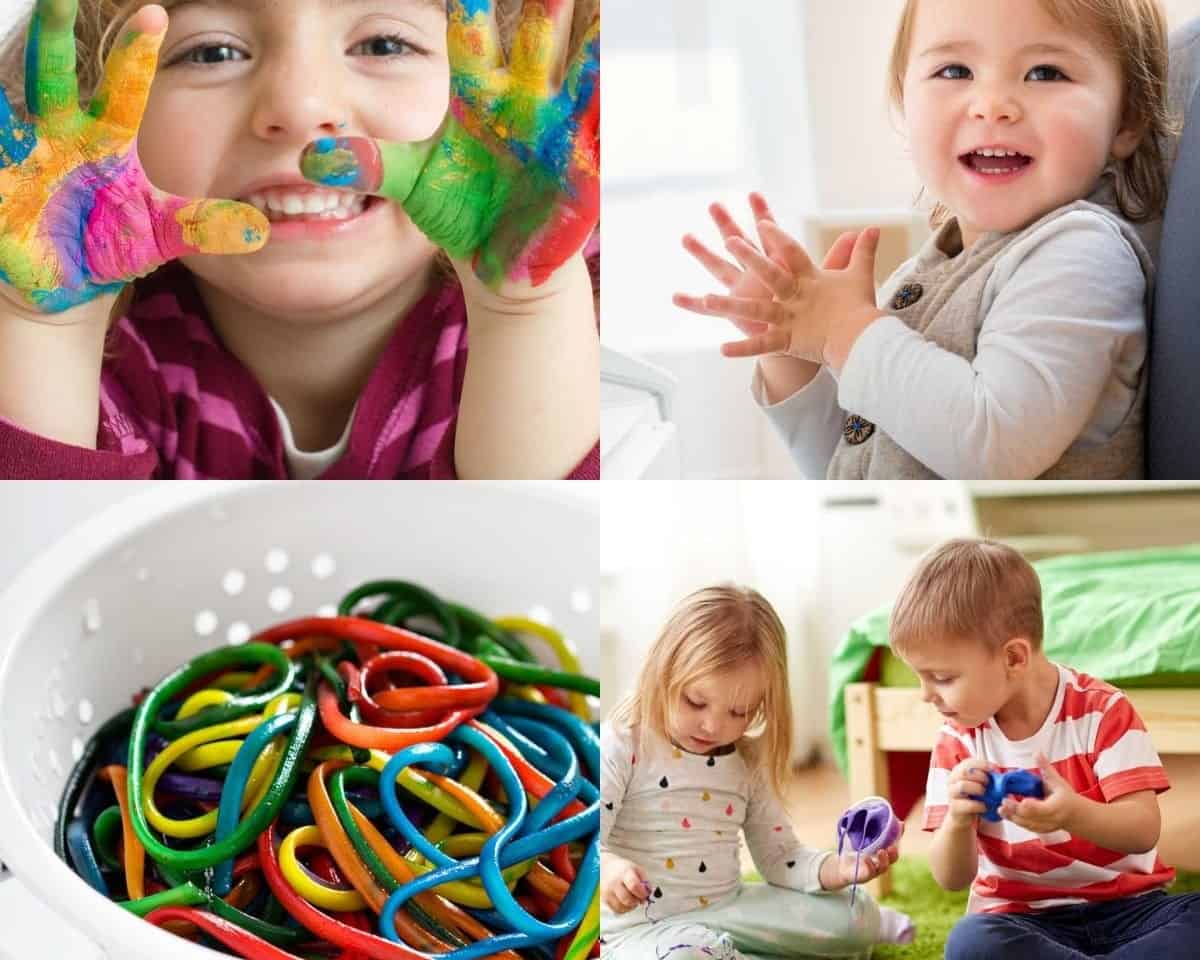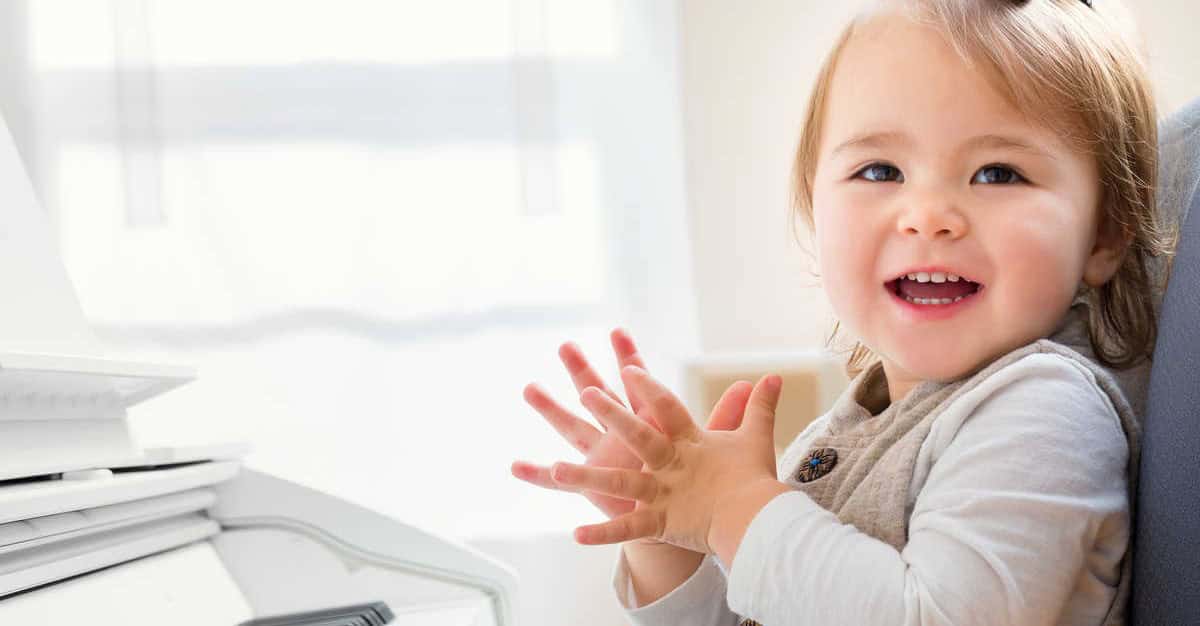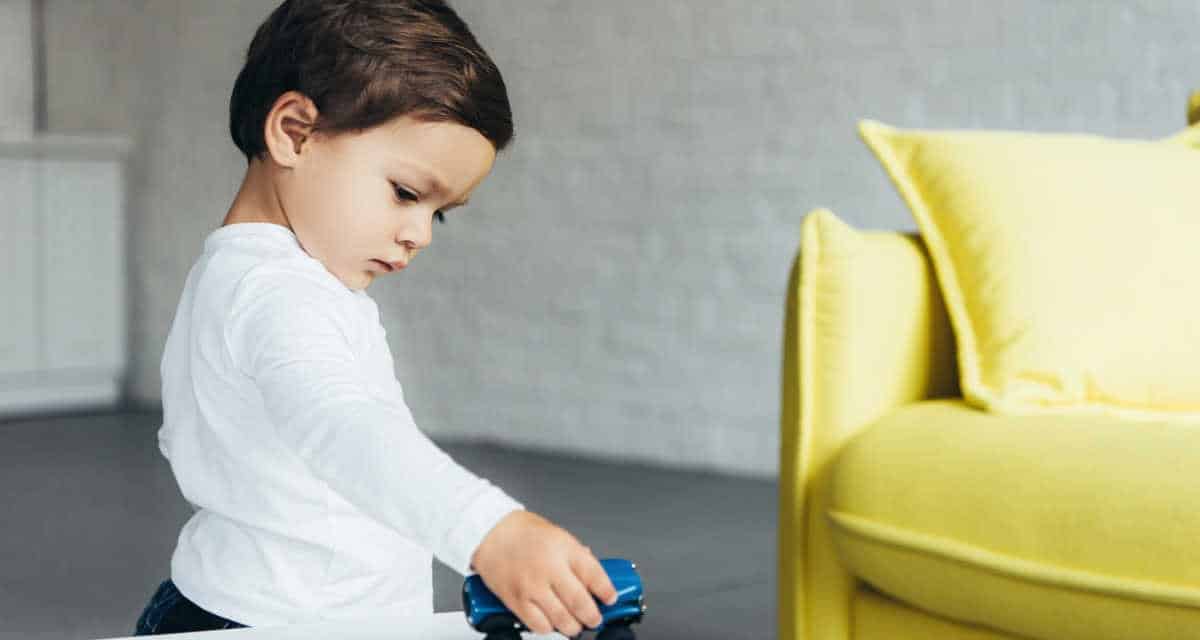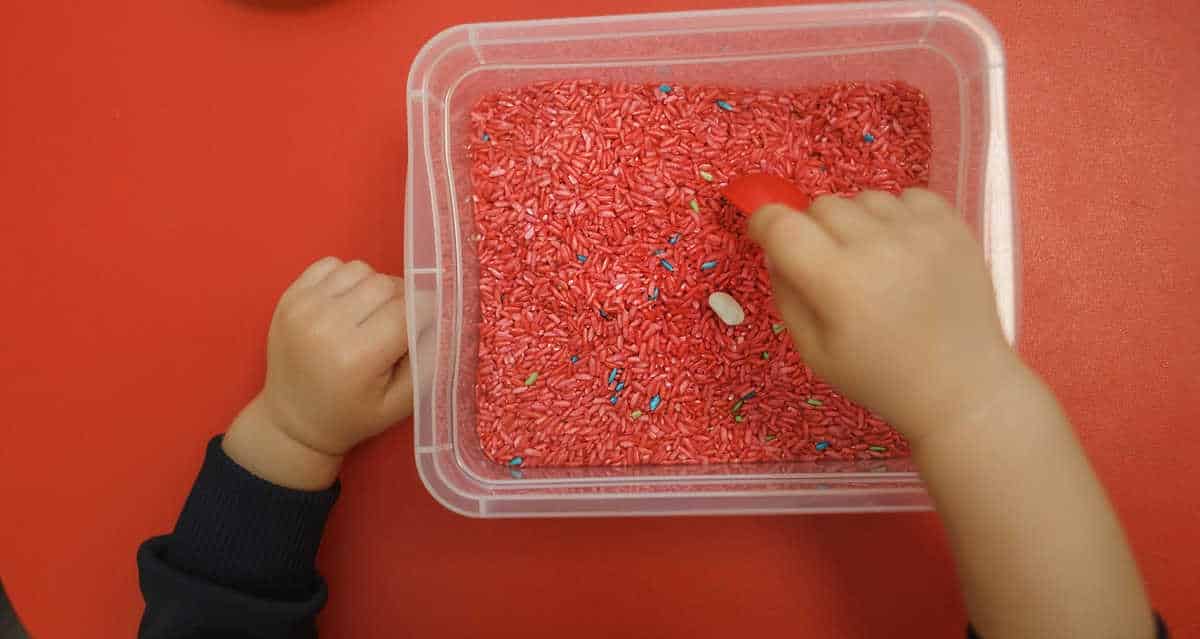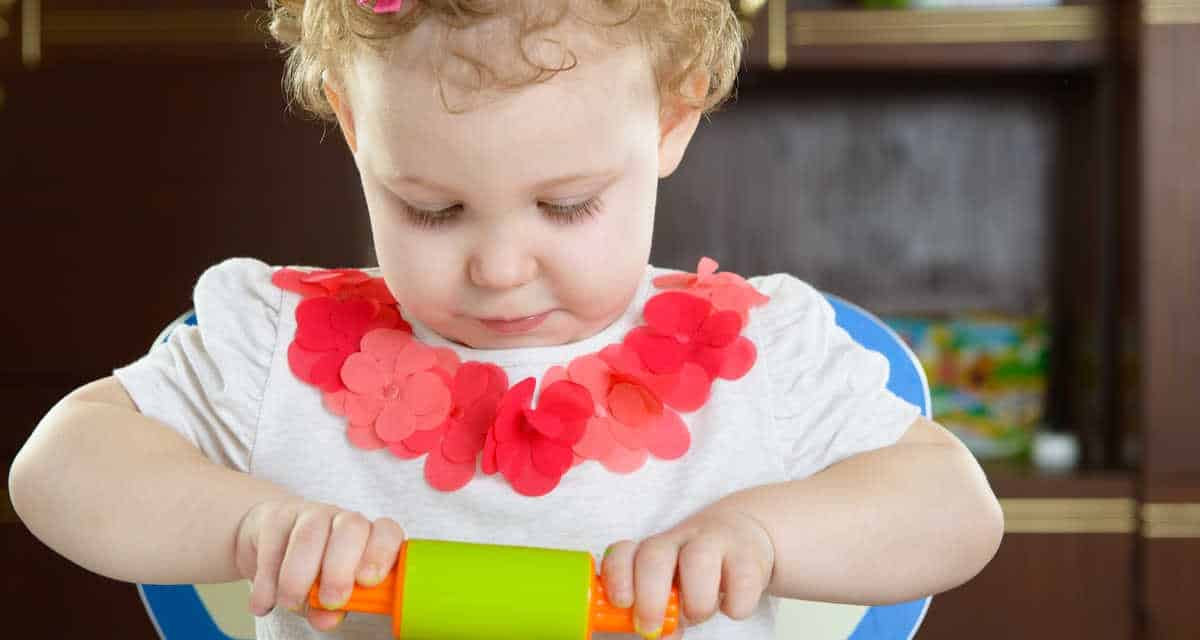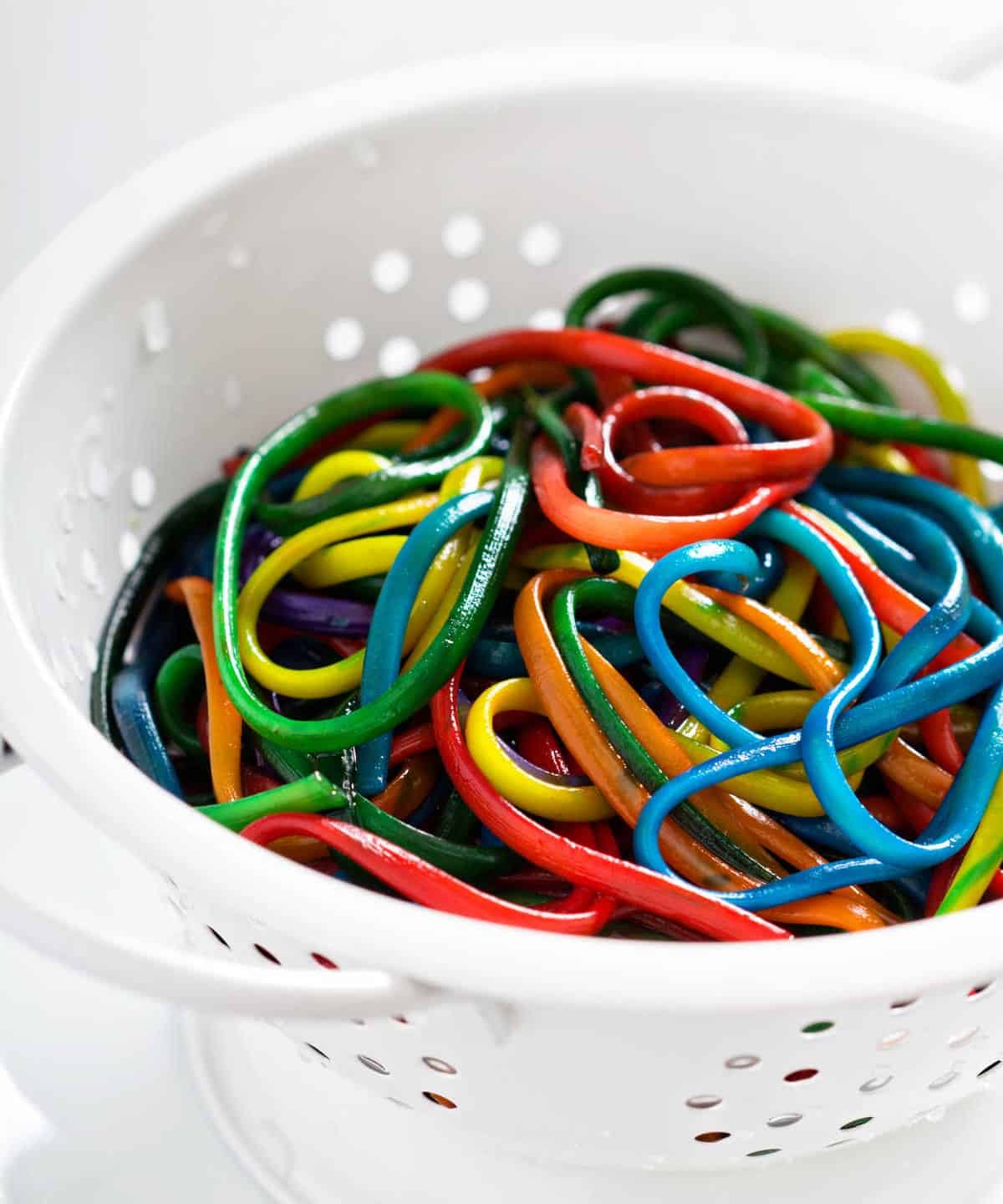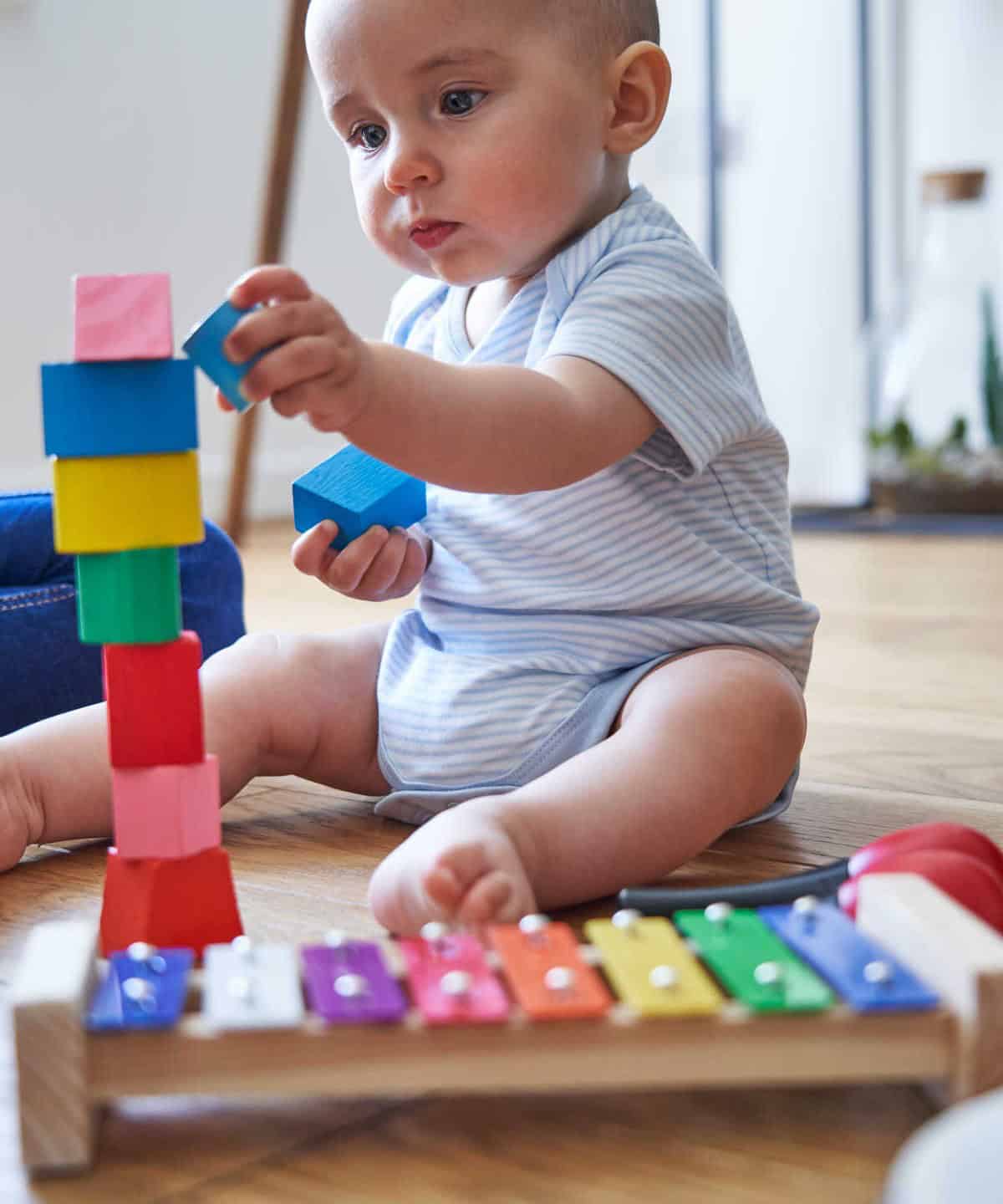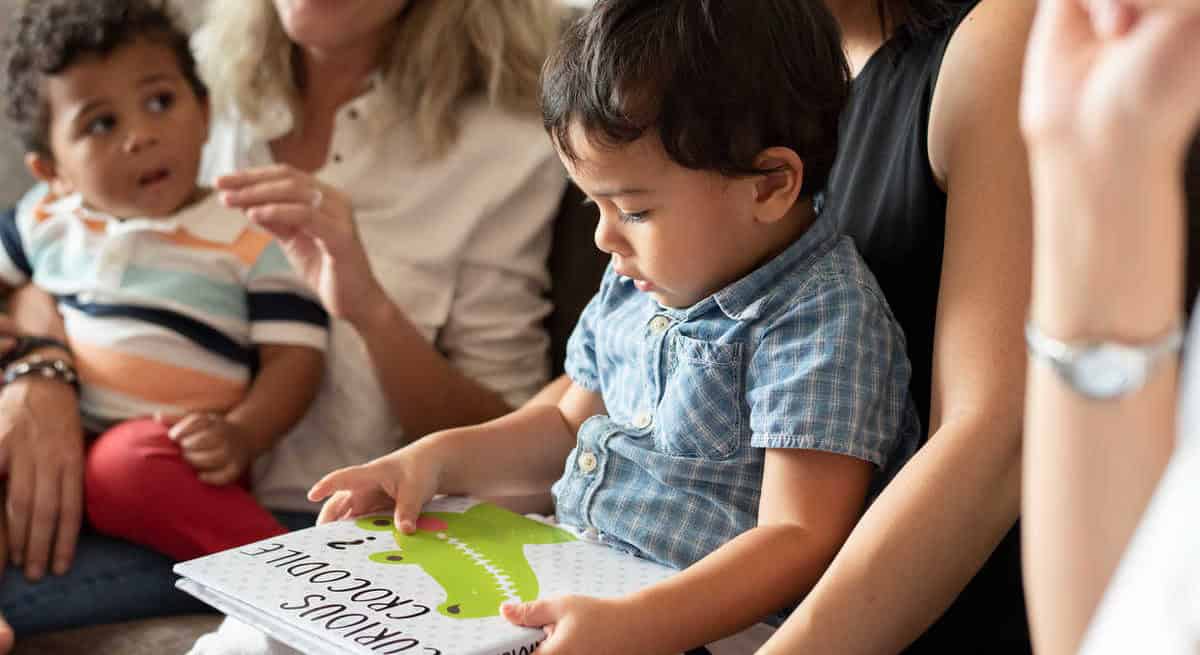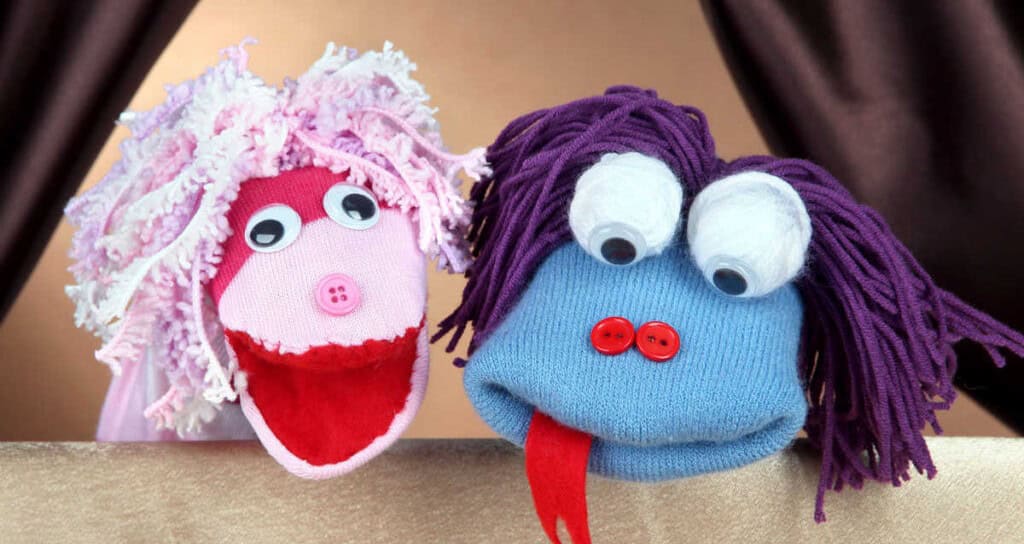At the tender age of one, your little one is a bundle of energy, curiosity, and learning potential. With just under two years gone by since their arrival, it’s time to make the most of this critical period in their development. As a parent, you’re uniquely positioned to shape their early experiences, laying the foundation for future growth and milestones.
This pivotal stage offers a wealth of opportunities to nurture your child’s cognitive, motor, and social skills through engaging activities that are both fun and educational. In fact, by investing just a few minutes each day in these developmental exercises, you’ll not only be keeping your tiny tot entertained but also helping them build essential skills for the years to come.
Make Music
When infants engage with music or sounds, they’re activating multiple sensory nodes simultaneously. This multisensory experience encompasses not only auditory stimulation but also movements, coordination, and often, rhythmic patterns. As a result, creating music can naturally evolve into activities like dancing and singing, fostering a continuous process of creative expression that you and your child can cultivate over time.
Moreover, this activity offers a fantastic chance to instill an appreciation for music in your little one, which can blossom into a lifelong passion.
Playhouse
A playhouse is more than just a source of fun and toys – it’s a gateway to a wide range of developmental opportunities that can help entice and engage your little ones. The perfect blend of entertainment and learning, complemented by the right selection of play toys and games, can create a truly wholesome experience for kids. When choosing toys for your child’s playhouse, consider the various paths you want to explore and select items that align with those goals.
Fill a tub with water or sand
Indulging your toddler in the wonderfully messy world of sand play can have a profound impact on their motor skills development. This tactile activity not only fosters fine motor movements but also provides an abundance of sensory input that is essential for building and strengthening vital areas of their cognitive and emotional growth.
As they engage with the texture, shape, and temperature of the sand or water, your child’s brain is processing a wealth of information, laying the groundwork for future learning and exploration.
Send your child to find objects around the house
This activity serves a dual purpose. Firstly, it enables children to develop essential skills such as object recognition and retrieval, which also fosters their ability to follow instructions and comprehend commands. Secondly, this activity provides an opportunity for little ones to contribute to household tidiness by helping with clean-up efforts or taking care of their personal belongings.
Red dot challenge
The Red Dot Challenge can be attempted with little ones around 10 months old. To conduct this experiment, place a small red spot on your baby’s nose and position them in front of a mirror. Observe their reactions as they discover the reflection staring back at them. As they begin to recognize themselves in the mirror, they will often attempt to rub off the red dot. This activity is a fun way to explore self-discovery and cognitive development with your child.
Count fingers and toes
Incorporating simple activities into daily life is an excellent way to promote early learning, particularly when it comes to developing essential skills like counting. For young mothers, this activity offers a convenient and engaging way to encourage their little ones to develop this fundamental skill. Like teaching basic motor skills or potty training, mastering numbers is a crucial milestone that should be introduced at an early stage.
So, take advantage of those precious moments with your tiny tots and engage in a fun counting exercise – grab those chubby fingers and tiny toes, and let the learning begin!
Crawl through tunnels
As babies navigate through playhouse tunnels, they’re not just having fun – they’re building fundamental gross motor skills. The process of crawling, scooting, and moving through the tunnel helps to develop their physical coordination and encourages them to engage in more active play. Moreover, this activity fosters a deeper understanding of how their arms and legs work together, allowing for greater control over their movements.
Sensory Bin
A sensory bin is akin to a sandbox or water box, but with a twist: instead of just two textures, you’re offering a medley of sensations for your baby to explore. To get started, delve into the various items you can include in this bin, each one boasting unique characteristics such as size, color, texture, and sound. While it’s tempting to combine wet and dry ingredients and materials into one bin, it’s best to keep them separate to avoid overwhelming your little one.
Fabric Mystery Box
Engage your children in sensory play with a fabric mystery box that’s perfect for little ones to explore. You can also involve older kids by turning it into a DIY activity where they create the mystery box for their younger siblings. To start, gather wrapping paper, tape, scissors, and other craft supplies you may need.
DIY Shakers
Before storing away your craft supplies, take a moment to explore the following DIY projects that combine creativity and hands-on learning. The first example is a simple shaker toy that can be made with minimal materials. This activity not only encourages imagination but also provides a sensory experience for young children. When creating this project, consider what materials you’ll use to fill your shakers, such as sand, rice, cereals, lentils, or small pebbles.
You can even add musical elements like bells to create a unique sound. This dual-purpose activity not only develops fine motor skills but also fosters creativity and exploration. For added inspiration, explore more 2-year-old baby activities and discover the endless possibilities.
DIY Coin Box
Creating a DIY coin box is an accessible DIY project that requires minimal materials, making it perfect for beginners. A metal or tin can serves as a suitable container, allowing children to engage with their senses by handling and visualizing coins. Moreover, this activity offers an opportunity to introduce numerical concepts and instill the importance of saving and tracking finances in young minds.
Ball Scoop
A fun and engaging way to help your little ones develop important motor skills is by incorporating a simple scoop-and-drop activity into your daily routine. This activity not only keeps them occupied but also allows them to practice various movements while having fun. The process involves scooping the ball, balancing it within the scoop, and transferring it to another container – all of which require coordination and dexterity.
To set up this activity, you’ll need a few basic supplies: a couple of trays or boxes, a selection of spoons in varying sizes (this added challenge can help take their learning to the next level), and an assortment of colored balls. By incorporating different colors into the mix, you’re not only keeping things interesting but also providing a prime opportunity to introduce your children to the concept of primary colors.
Playdough
Playdough is a timeless treasure that transcends age groups. It’s the ultimate go-to activity for kids, young parents, and even adults seeking a mental break. But beyond its entertainment value, playing with playdough has profound benefits for little ones. As they manipulate and shape the dough, they’re exercising their creative muscles by bringing an idea to life.
This sensory experience fosters imagination, problem-solving skills, and self-expression – essential building blocks for cognitive development. So, the next time you hand your one-year-old a ball of playdough, remember that it’s not just a fun distraction, but a powerful catalyst for their creative growth.
Finger Painting
When it comes to engaging kids in creative activities, finger painting is often right up there with playing and learning through playdough. And honestly, you’d be hard-pressed to find a child who doesn’t love getting their hands messy with paint. The tactile experience of squishing fingers into vibrant colors, exploring patterns and designs, and expressing themselves freely is nothing short of magic.
It’s not just about creative expression; it’s also an opportunity for kids to tap into their senses, experimenting with textures, temperatures, and colors in a way that’s both fun and educational.
Rainbow Rice
To elevate your sensory bins even further, consider incorporating rainbow rice – a simple yet engaging addition. This textured and colorful material is easily crafted by combining white rice (or risotto rice for larger grains) with vinegar and multiple colors of food dye. For added versatility, you can substitute rice entirely with oats, offering endless possibilities. Simply combine the ingredients in a ziplock bag and vigorously shake to distribute the colors evenly throughout the mixture.
Once your rainbow rice is prepared, feel free to add it to your sensory bin, where its unique texture and vibrant hues are sure to captivate young minds.
Rainbow Spaghetti
As you’ve successfully colored rice and oats, it’s time to take the fun to the next level by adding some pasta to the mix. And what better way to do that than with a delicious pot of spaghetti? Once cooked, the gluten will make it soft and squishy – a perfect texture for little hands to explore. To take it up a notch, you can add colored dye to create rainbow spaghetti, a visual treat that’s sure to delight your kids.
This sensory activity not only provides endless entertainment but also helps children develop their understanding of primary colors by identifying, recalling, and retaining them. By incorporating these vibrant hues into playtime and lesson time, you’ll be fostering a deeper appreciation for the world of color and all its wonders.
Stacking
When it comes to stacking activities with kids, people often focus on the fun aspect, but there’s more to it than just having a good time. In reality, stacking toys or blocks requires a combination of thought, understanding, and technique. When your little one is busy building towers or columns, they’re simultaneously developing crucial skills that will benefit them in the long run.
One of the most significant benefits of stacking activities is the opportunity for young children to develop their sense of balance and coordination. As they sit on the floor, grasping and adjusting blocks, they’re honing their ability to balance not just the blocks themselves but also their own bodies and cores. It’s a remarkable display of coordination as they move their limbs to grab and stabilize the blocks while simultaneously maintaining their posture.
In essence, stacking activities offer a double benefit: they provide entertainment for kids while also helping them develop essential skills that will serve them well in the years to come.
Interactive Storytime
Bedtime stories have a special place in nurturing our children’s imaginations and fostering a sense of closeness with their caregivers. As the last thing they hear before drifting off to sleep, these tales can transport them to fantastical realms. Moreover, bedtime stories offer an excellent opportunity for bonding, allowing parents and children to share in the simple joys of storytelling.
To elevate this experience, why not substitute traditional tales with interactive ones?
This innovative approach can captivate young minds, making learning a delightful adventure. The interactive format also encourages kids to engage actively, using their senses and imagination to bring stories to life.
The benefits extend beyond bedtime, too. When your little ones crave playtime, why not settle in together with an interactive storybook?
This can become a treasured ritual, providing a soothing way to unwind and learn new concepts like numbers, colors, shapes, and more – depending on the books you choose.
Sock Puppets
Childhood memories often involve creating or playing with sock puppets, and it’s not just limited to kids’ art classes. Toddlers can also benefit from this creative outlet. When it comes to teaching little ones, it’s essential to incorporate engaging elements to keep their attention. Sock puppets offer a unique way to make learning interactive and enjoyable for your child.
Touch and Feel Board
Sensory movements have been shown to be instrumental in developing and refining motor skills, which are essential for a wide range of abilities – from basic hand-eye coordination to advanced writing skills. As we’ve previously discussed, sensory experiences can have a profound impact on our children’s cognitive and physical development. Building upon this concept, I’d like to introduce another engaging sensory activity that you can try with your little one: the sensory board.
This interactive tool allows kids to explore and engage with a variety of textures, from simple materials like straws and fabric scraps to more complex surfaces such as sandpaper. By offering a diverse range of tactile experiences, the sensory board provides an ideal setting for young children to discover and learn through touch.
Edible Slime
21 Fun Development Activities for 1-Year-Olds
Fostering creative expression and cognitive development in 1-year-olds requires minimal setup and maximum engagement. In just 30 minutes, you can stimulate their growth with these delightful activities.
Preparation: a mere 10 minutes of gathering materials, followed by 20 minutes of interactive fun, culminating in a richly rewarding experience for your little ones.
Materials
For toddlers aged one, engaging in developmentally-appropriate activities is crucial to foster their growing minds and bodies. One-year-olds are naturally curious and love exploring their surroundings through play. To encourage this curiosity, parents and caregivers can try a variety of fun and interactive activities that cater to their young child’s unique needs and abilities.
Instructions
Discover activities that align with your unique interests and enjoy quality time with the little ones. Whether you’re trying something new or revisiting an old favorite, make it a point to have fun and create lasting memories with the kids! Don’t forget to share your thoughts on this activity by leaving a comment below – I’d love to hear from you and respond personally!
